“Tell all the truth but tell it slant
— Success in Circuit lies
Too bright for our infirm Delight
The Truth’s superb surprise
As Lightning to the Children eased
With explanation kind, The Truth must
dazzle gradually or every man be blind” – a poem by Emily Dickinson
In Emily Dickinson’s beautiful poem, “Tell All the Truth but tell it slant,” she touches on the essence of architecture’s impact on our lives. Just like poetry, architecture communicates truths uniquely and creatively. It gently reveals its narratives, considering our emotions and sensitivities. By sharing the truth “slant,” architecture captivates our hearts and souls, leaving a lasting impression that inspires and connects us deeply. It’s a reminder of how architecture’s stories gradually unfold, enriching our lives and shaping a world that resonates with us on a profound level.
As we delve into the captivating annals of history, architecture emerges as a powerful storyteller, chronicling ancient civilizations’ triumphs, cultures, and beliefs. Egypt’s magnificent pyramids, which stand as enduring representations of the Pharaohs’ legacy, are evidence of that period’s mastery of architecture.
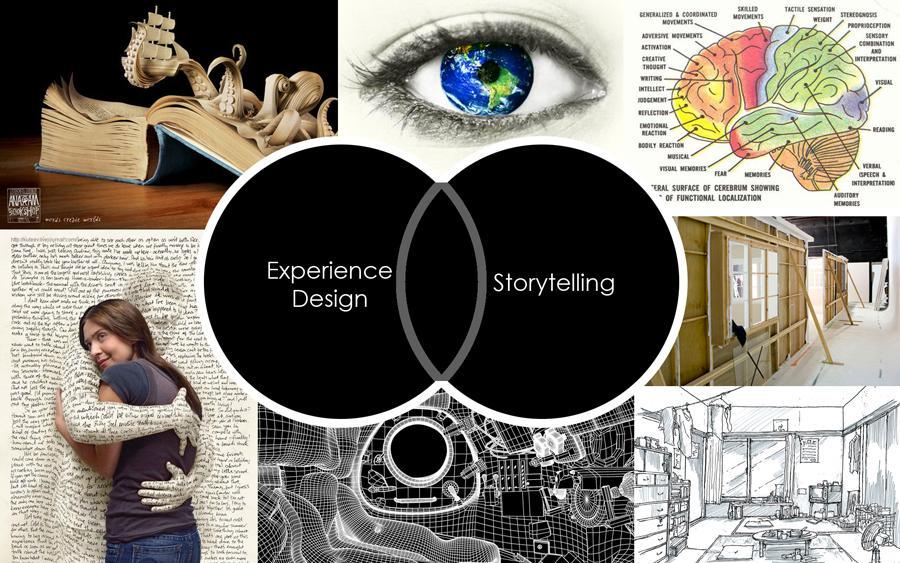
The intricate temples of Greece, adorned with mythical gods and legendary heroes, whisper tales of a civilization steeped in mythology and intellect.
Moving through the corridors of time, the grand cathedrals of medieval Europe rise majestically, embodying profound faith and spiritual devotion. Within the walls of vernacular architecture, one discovers the tales of local wisdom, the artistry of craftsmen, and the values cherished by communities across the ages.
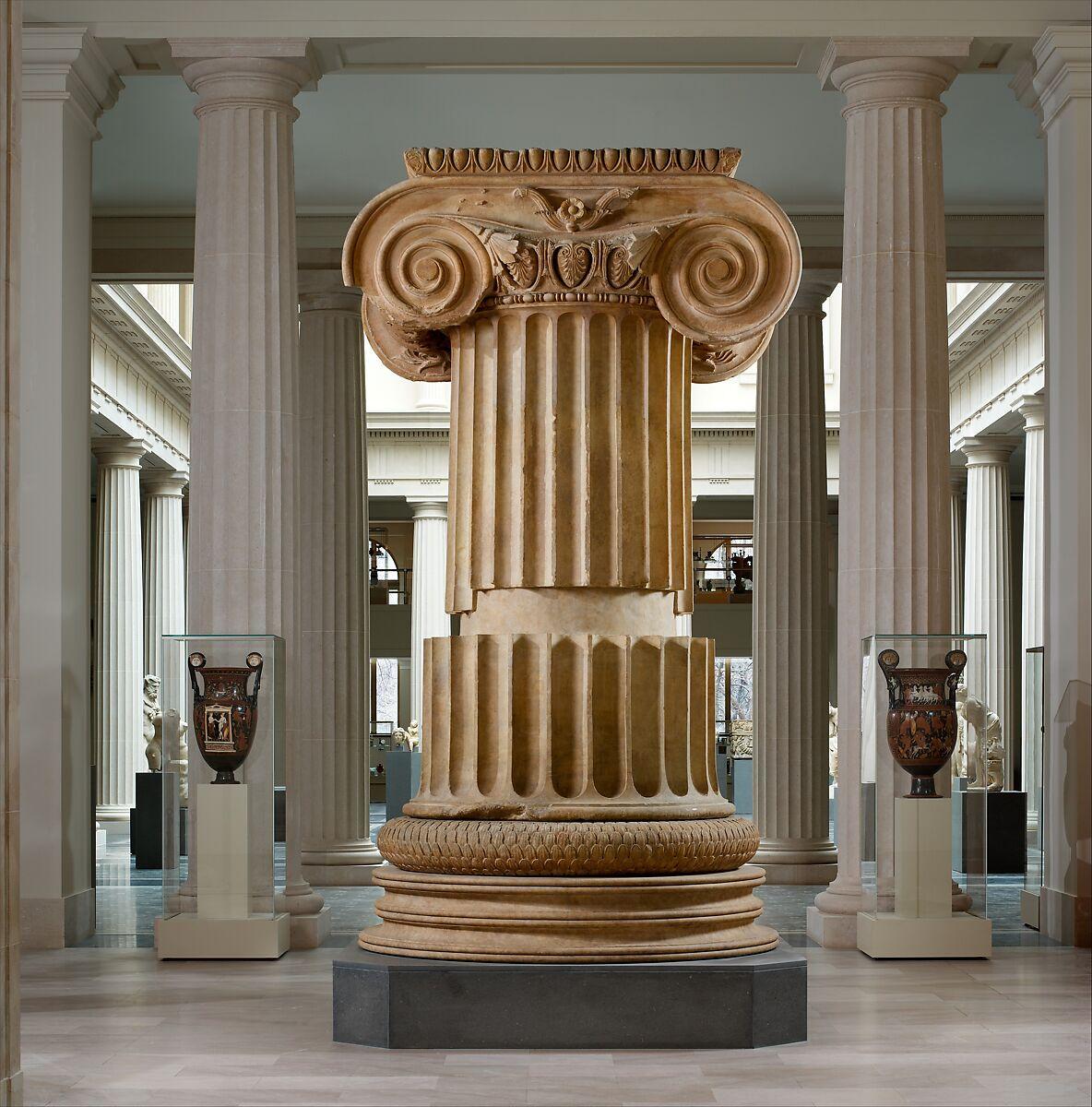
Emotional Connections with Spaces:
Beyond their physicality, architectural wonders uniquely can forge deep emotional connections with us. We perceive a beautiful story of simplicity and community as we stroll through the cobbled pathways of a picturesque town filled with modest cottages and surrounded by a sense of community.
In contrast, the soaring skyscrapers of contemporary cities, reaching for the heavens, stand for the tenacious pursuit of ambition, advancement, and the vivacious spirit of urbanization.
Nostalgia takes hold as we step into places of personal significance, like a childhood home or a beloved café. These spaces become vessels of cherished memories, shaping the narrative of our lives with every visit, reminding us of moments long past and memories we hold.

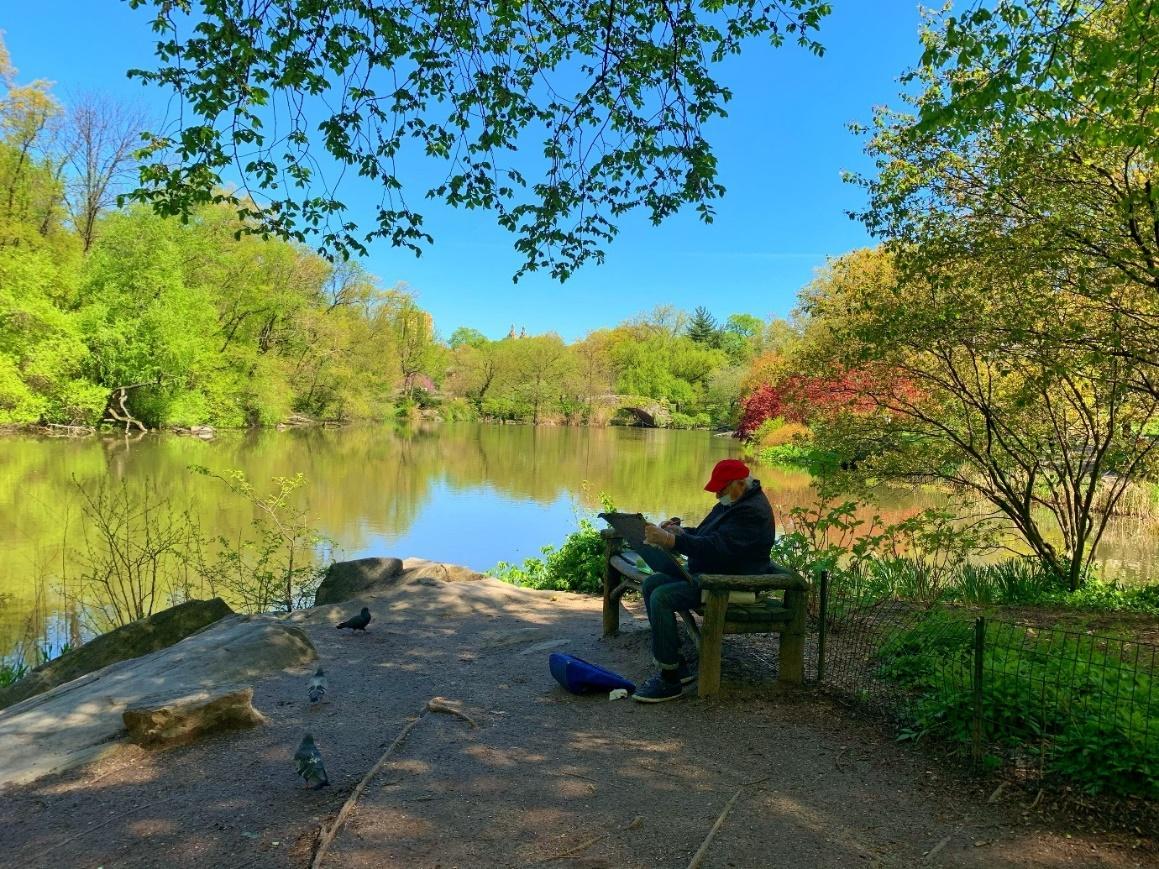
Cultural Identity and Heritage:
In the architect’s palette, each stroke paints a vivid picture of a society’s cultural identity and heritage. Regional styles emerge, showcasing distinct materials, techniques, and designs that resonate with the values and way of life of its people. The delicate wooden temples of Japan bear witness to a history of spirituality and reverence for nature, while the ornate havelis of India whisper tales of opulence and heritage.
Historic structures and landmarks stand out against the metropolitan backdrop as guardians of our past, preserving the tales of bygone times and tying us to the shared path of humanity. A compelling story that tells of the past looks back on our path, and offers hope for the future emerges among the city’s historic structures. These architectural wonders serve as gateways to bygone eras and serve as a constant reminder of how far we’ve come. Weaving tales that stoke optimism and feed our hopes for the now and the future, they uplift us.
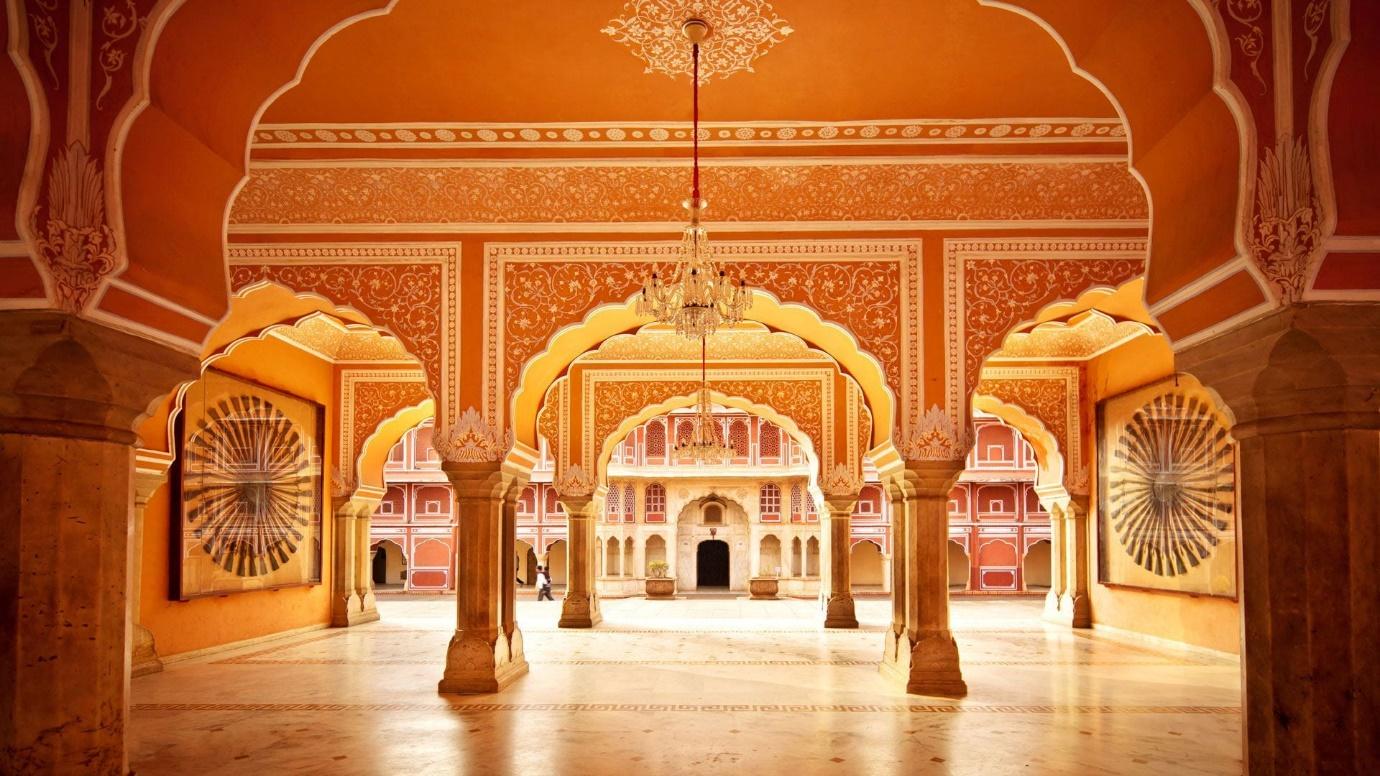

Urban Narratives and Social Interaction:
As the world embraces urbanization, architecture becomes the master narrator of our cities. In bustling parks and awe-inspiring civic buildings, the heart of a community comes alive. These public spaces become the canvas for shared experiences, where people gather, connect, and celebrate the essence of inclusivity and diversity.
In the presence of iconic structures like museums and government buildings, we feel the weight of historical significance. These architectural wonders immortalize moments of triumph, resilience, and unity, becoming the embodiments of collective memory, reflecting the essence of societies.
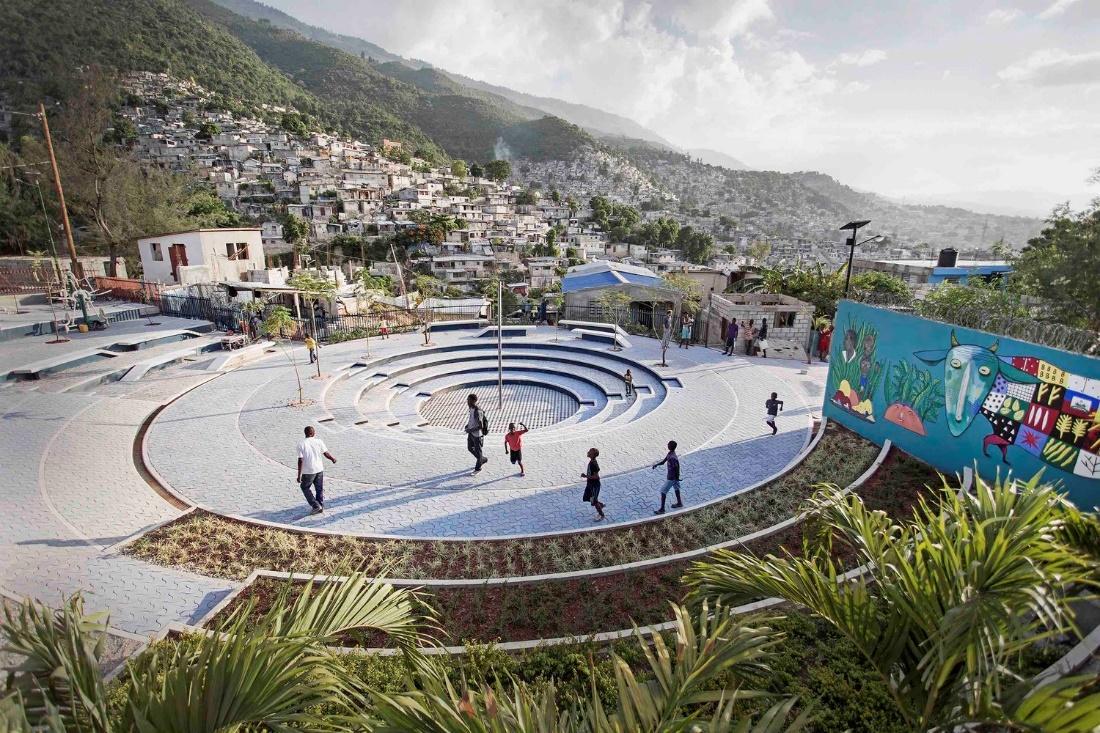
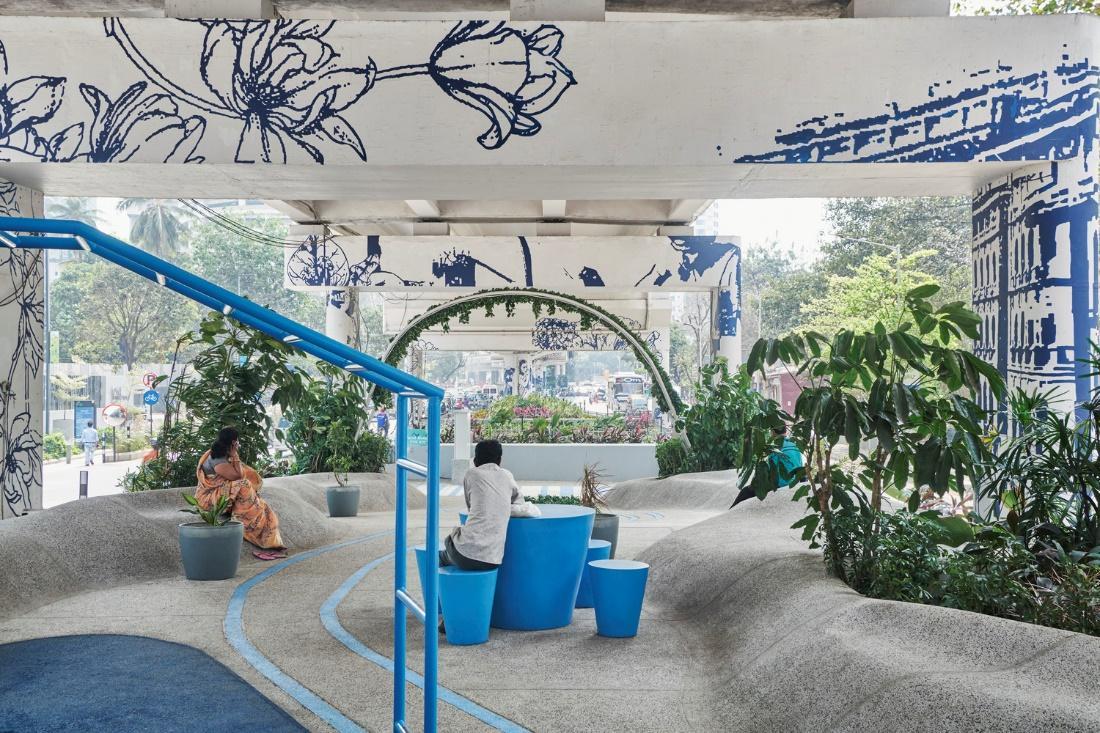
A Sustainable Story for the Future:
The architectural narrative evolves in the face of contemporary challenges, embracing sustainability and environmental responsibility as its new chapter. Like inspired poets, architects now wield green buildings and eco-friendly designs to articulate a commitment to a greener, more sustainable world. Their creations narrate a story of shared aspirations, and dreams of a better tomorrow, where humanity coexists harmoniously with nature, protecting the very planet we call home.
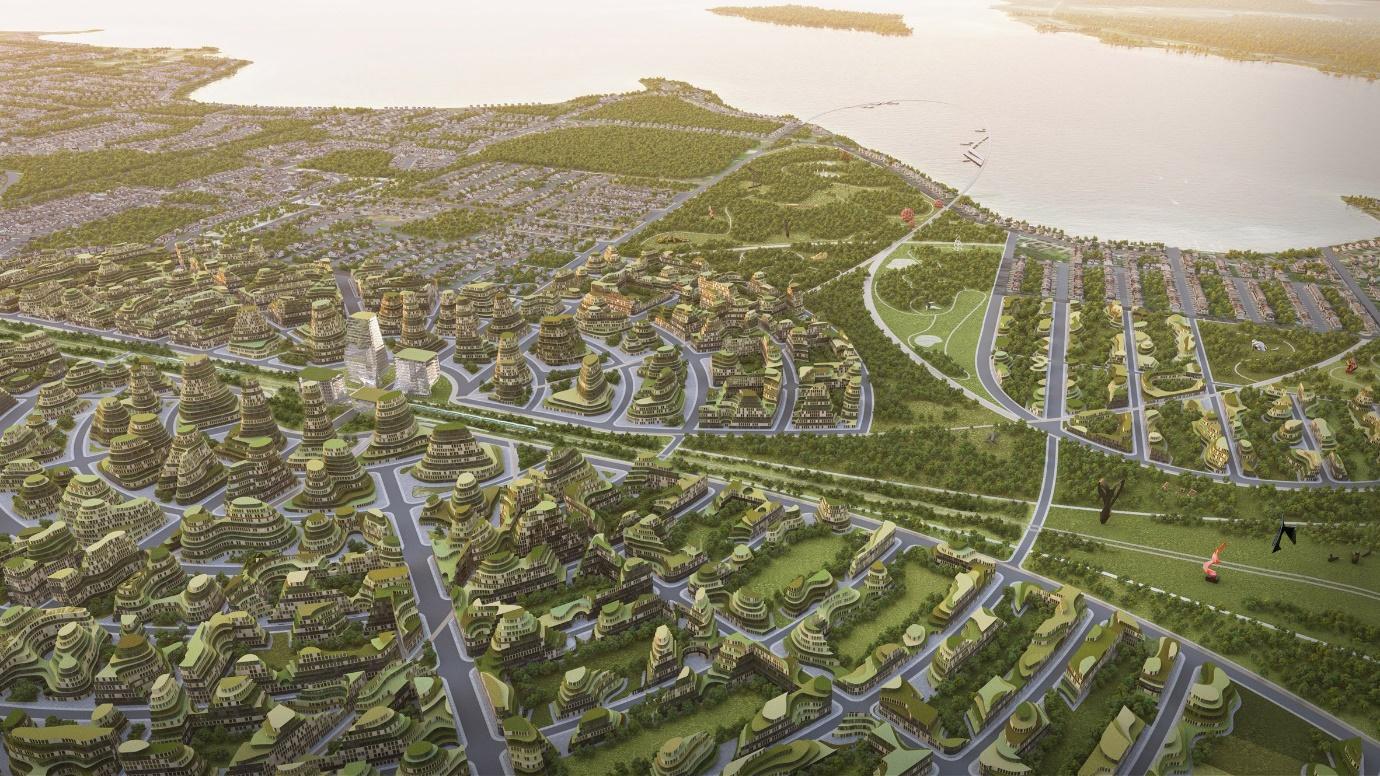
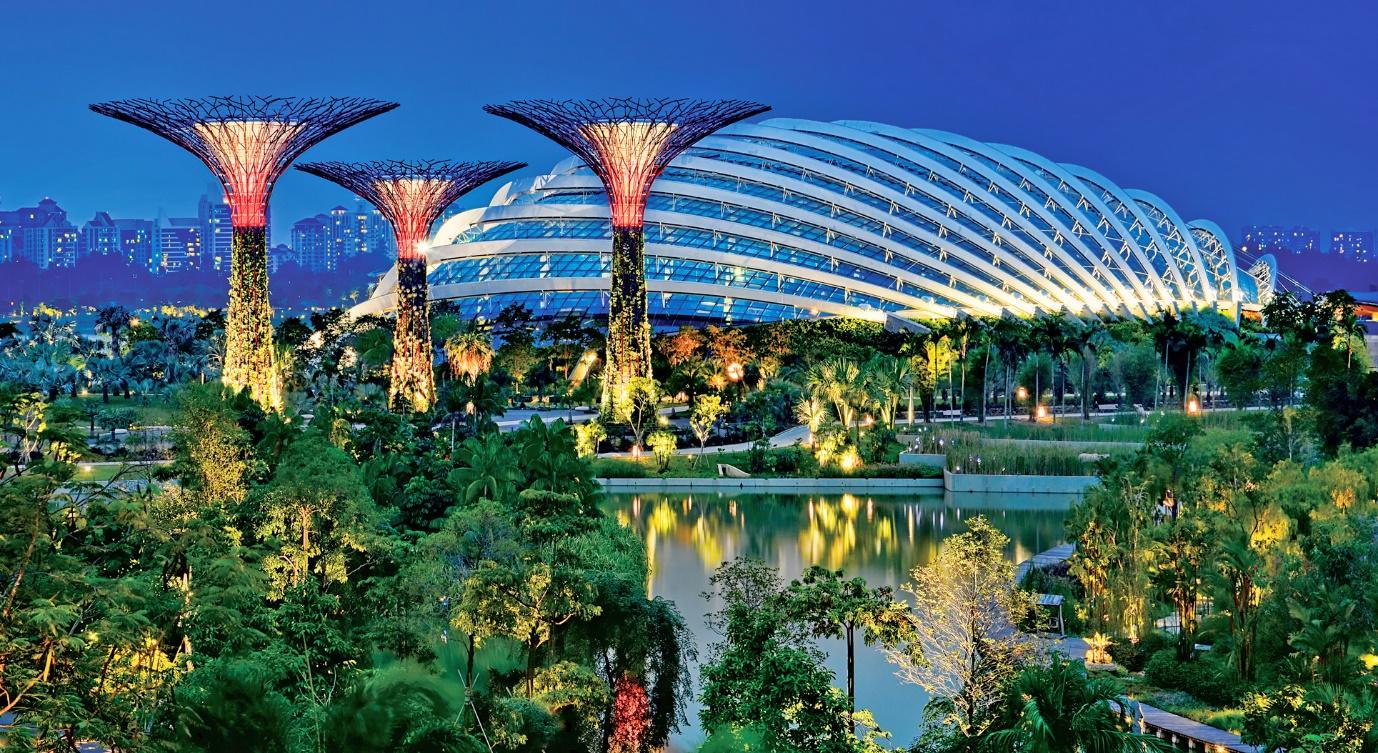
Functionality and Practicality:
While the heart of architecture pulsates with narratives, its feet remain firmly grounded in functionality and practicality. Architects carefully plan layouts and optimize spaces to cater to human needs, weaving the threads of efficiency and convenience into the fabric of design. In the confines of a modern office space, creativity and collaboration flow freely, fostered by open floor plans, ergonomic furniture, and abundant natural light. At home, serenity and comfort envelop us, thanks to thoughtful insulation, ventilation, and noise reduction.

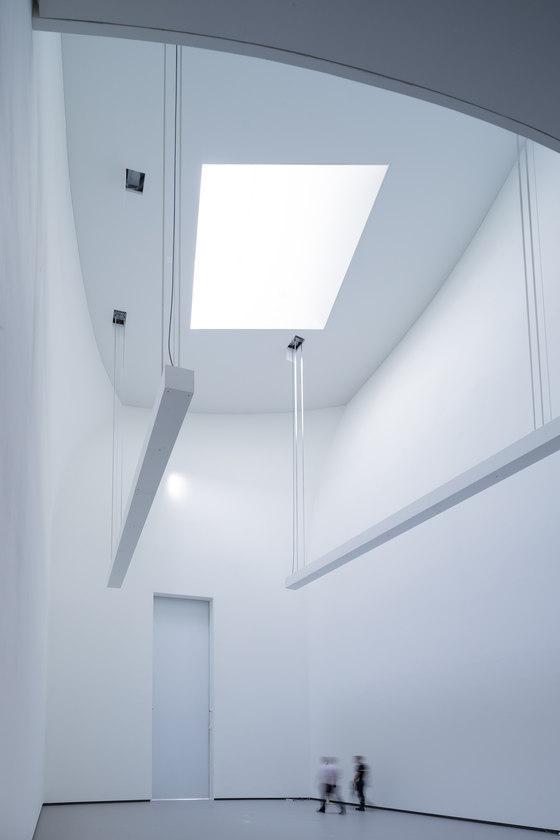
Architecture has served as a dependable chronicler of human history throughout time, transferring the essence of civilizations from antiquity to the current era. From the enormous Egyptian pyramids to the contemporary sleek skyscrapers, each architectural wonder tells a complex story that touches our hearts and brains. Beyond just physical structure, it penetrates the core of our emotions, inspiring amazement and astonishment. We become absorbed in stories of victory, cultures, and beliefs as we travel down historical alleyways because these tales are preserved in the very structure of the structures we come across.

But architecture is not just a spectator of history; it has the power to evoke emotions within us. It can stir our souls as we meander through the quaint streets of a village, surrounded by cozy cottages, and feel the warmth of a close-knit community. Alternatively, it can leave us in awe as we gaze up at towering skyscrapers that embody human ambition, progress, and the unstoppable force of urbanization.
Amid this architectural symphony, we find a deep reverence for cultural heritage. Each stroke of the architect’s brush paints a vibrant picture of a society’s identity, showcasing regional styles, materials, and designs that reflect the values and way of life of its people. The wooden temples of Japan exude spirituality and a profound connection with nature, while the ornate havelis of India transport us to a world of opulence and grandeur. Historic buildings and landmarks, standing tall as guardians of our past, whisper tales of bygone eras, linking us to the collective memory of humanity and igniting a sense of pride in our roots.
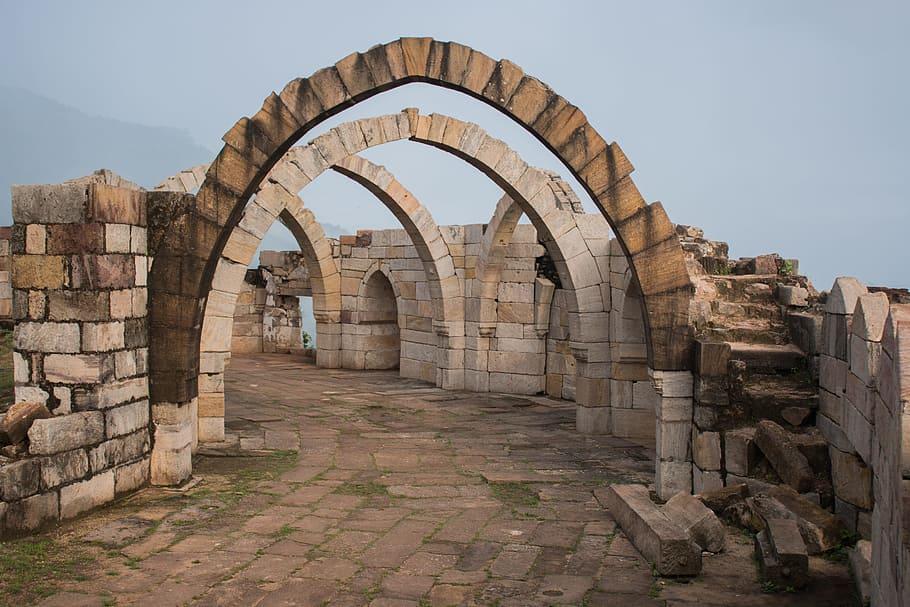
But architecture’s role extends beyond the static structures of the past; it is a dynamic force shaping our present and future. In the vibrant heart of bustling cities, architecture fosters social interaction and community spirit. Public spaces, like lively parks and magnificent civic buildings, become stages for shared experiences, where people from all walks of life gather, connect, and celebrate diversity and inclusivity. In the grandeur of iconic structures like museums and government buildings, we witness the imprints of historical triumphs, resilience, and unity, keeping the stories of human achievements alive for generations to come.

Conclusion
As the world grapples with the challenges of our time, architecture embraces a new narrative of sustainability and environmental responsibility. Architects, like poets inspired by the beauty of nature, now wield green building techniques and eco-friendly designs to tell the story of a shared dream – a world that coexists harmoniously with the environment. They craft spaces that honor the values of responsible stewardship, speaking of a future where humanity and nature walk hand in hand towards a better, more sustainable tomorrow.
References
- Hemingway, C. (1AD) Architecture in ancient greece: Essay: The Metropolitan Museum of Art: Heilbrunn timeline of art history, The Met’s Heilbrunn Timeline of Art History. Available at: https://www.metmuseum.org/toah/hd/grarc/hd_grarc.htm (Accessed: 8 August 2023).
- The top 10 most sustainable buildings around the world (2023) The Constructor. Available at: https://theconstructor.org/architecture/the-top-10-most-sustainable-buildings-around-the-world/570080/ (Accessed: 8 August 2023).
- Mafi, N. (2019) 9 buildings that prove sustainable architecture and high design are a perfect pair, Architectural Digest. Available at: https://www.architecturaldigest.com/gallery/buildings-prove-sustainable-architecture-high-design-perfect-pair (Accessed: 11 August 2023).
- Traditional patterns and local crafts: A civic centre in India (no date) DOMUS. Available at: https://www.domusweb.it/en/architecture/gallery/2020/05/13/traditional-patterns-and-local-crafts-a-civic-center-in-india.html (Accessed: 12 August 2023).


























